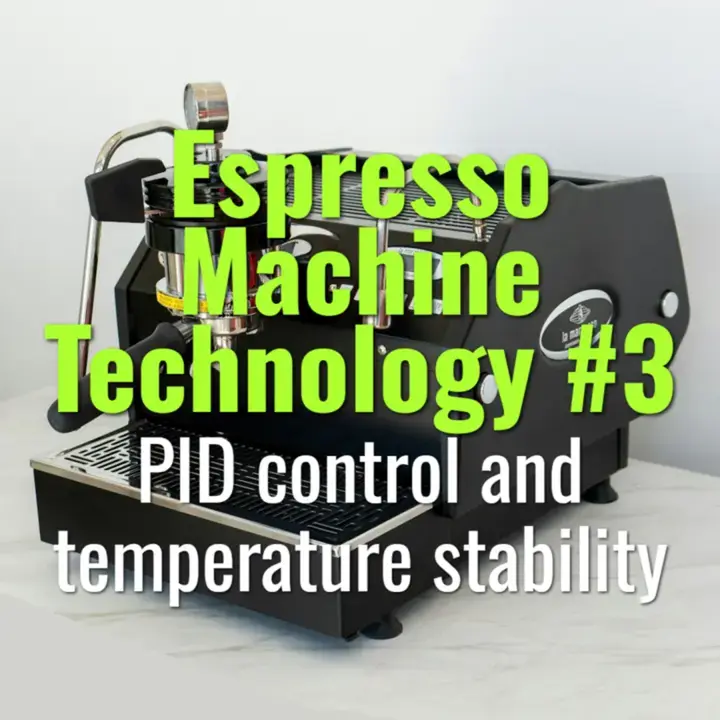PID control and temperature stability
How PID (Proportional-Integral-Derivative) controllers improve espresso machine temperature stability and extraction consistency.
- Coffee Basics Nerds
- 1 min read
Article 3 of 12 in Espresso Machine Technology/

What is PID Control?
- PID Definition: An electronic feedback system that regulates boiler heating by continuously adjusting power based on measured temperature.
- Function:
- Proportional: Responds to current error (difference between setpoint and actual temperature).
- Integral: Accounts for accumulated past errors.
- Derivative: Predicts future trends, smoothing overshoot.
Benefits of PID in Espresso Machines
- Precise Temperature Stability: Maintains within ±0.1–0.5 °C vs 2–4 °C swings in thermostat-based systems.
- User Adjustability: Baristas can fine-tune brew temperature for different roast levels.
- Consistency Across Shots: Eliminates variability due to fluctuating boiler cycles.
Practical Impacts on Brewing
- Lighter Roasts: Often benefit from slightly higher temps (93–96 °C) to enhance solubility.
- Darker Roasts: Lower temps (89–92 °C) avoid over-extraction and bitterness.
- Repeatability: Same recipe tastes the same across shifts and locations.
Limitations
- Adds cost and complexity to machines.
- Requires calibration to ensure sensor placement reflects true group temperature.
- Some machines still experience temp drop at grouphead even with PID (depends on group design).
Summary
PID controllers revolutionized espresso machine stability by providing precise, consistent brew temperatures. This technology empowers baristas to fine-tune for roast style and maintain reliable flavor across every shot.